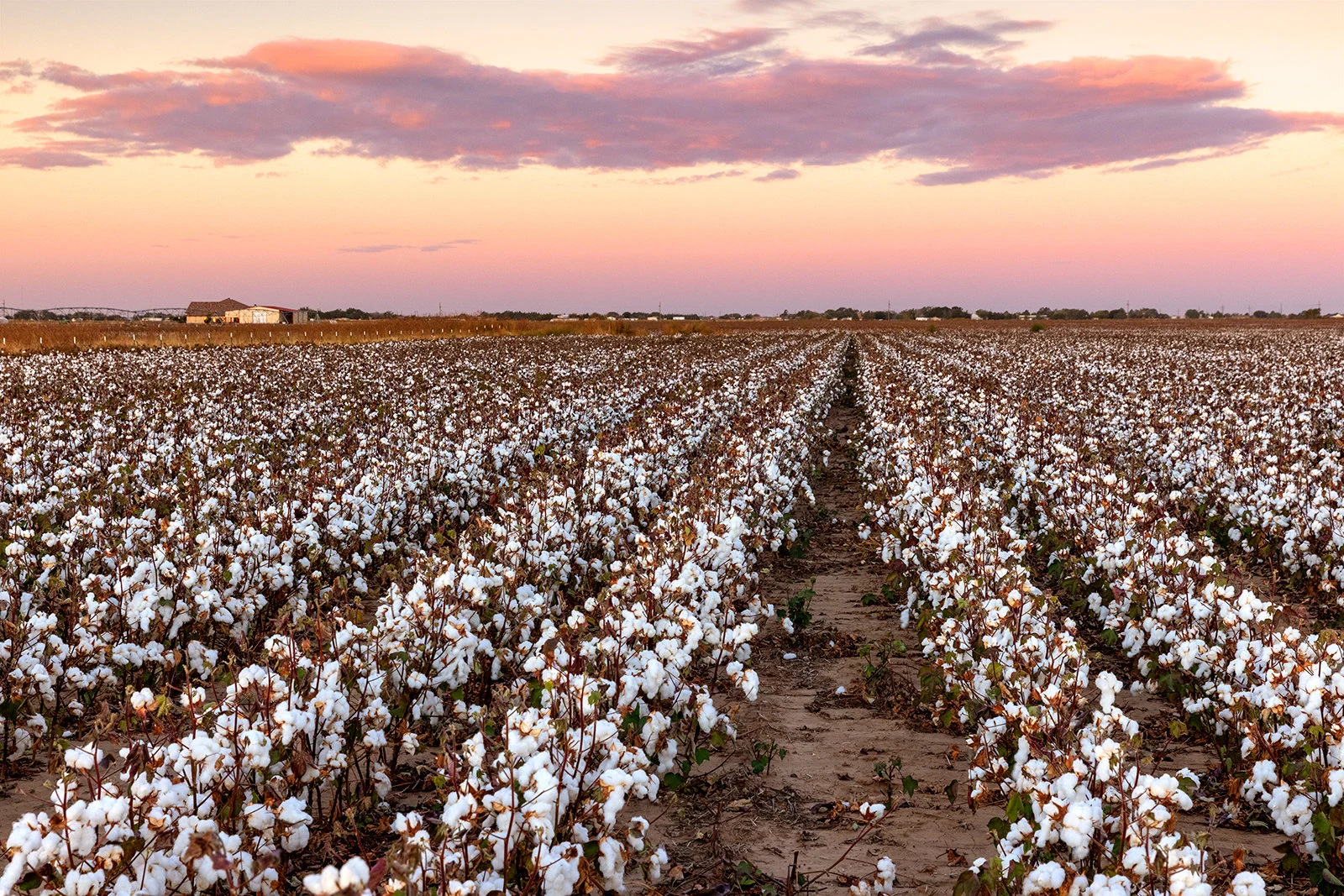
This year, his harvest is “not well,” he says, but in reality, the drought in northern Texas has proven to be a disaster, with most of Page’s neighbors not even bothering to harvest their crop, leaving “bare, bare fields.” Texas produces almost half of America’s cotton, and the United States is the world’s third largest supplier, behind India and China. This year, national production will hit its lowest level since 2015, down 21 percent year-on-year, and Texas will suffer a 58 percent drop, the US Department of Agriculture estimates.
In the northwest of the state, where cotton is the lifeline of the local economy and water is scarce, the 2022 harvest “could be one of the worst in 30 years,” worries Darren Hudson, professor of agricultural economics at Texas Tech University. With the cascading consequences for the global textile industry, in an economy already reeling from the pandemic, Hudson put the likely economic impact for the region at $2 billion.
Landon Orman, 30, works on 2,000 acres of cotton near Abilene, three hours west of Dallas. His non-irrigated cotton did not even sprout, while his partially watered crop grew but its yield will be slashed by half. In total, he predicts an 85 percent drop in production compared to a normal year. Like so many others, he has crop insurance, so “financially we’re not really doing that bad. But as a farmer, it sucks pretty bad that we can’t grow stuff sometimes.”
Depressing
In Lubbock, the region’s cotton hub, rainfall over the past 12 months has roughly been half its normal volume, and what little fell came too late to save the crop. “Starting in January, all the way to the month of May, no, no literally no rain,” said Sutton Page, 48. And from May “we started having 100 degree days and 30 mile an hour winds and it just dried everything out.”
He had to plow 80 percent of his dying crop back into the ground to stop the land drying out. Of the few small plants that actually grew, it may not even be economical to harvest them.
➔ Read the full article on Phys
